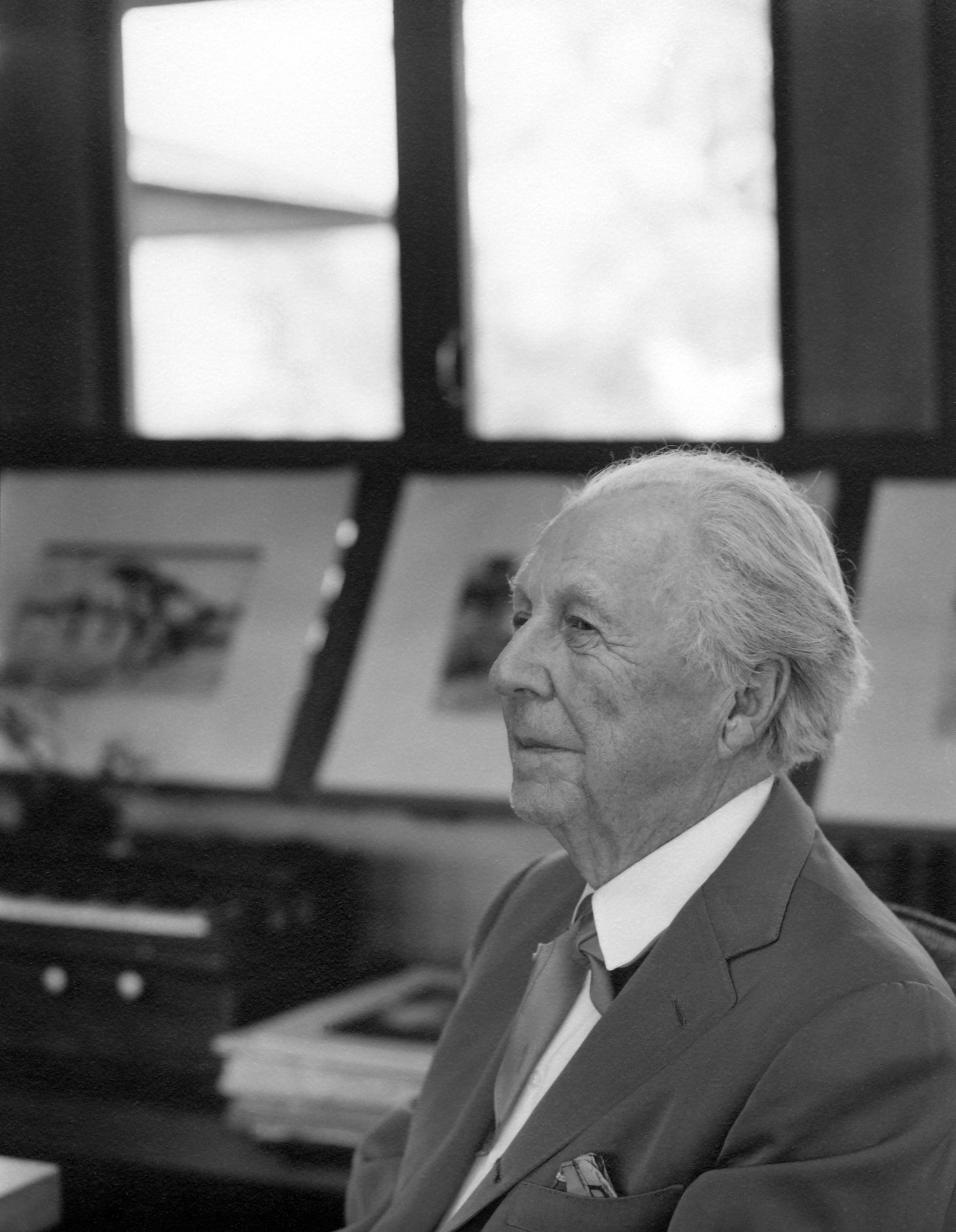Cart
0
Congratulations! Your order qualifies for free shipping
You are $350 away from free shipping.
No more products available for purchase
Products
Pair with
Is this a gift?

Thank you for choosing to support the Frank Lloyd Wright Foundation
Your Cart is Empty







